decorated in relief with stylized swirls
Decorated with polychrome stains in the glass
Flanked by gilded bronze Elephant heads
unsigned
Perfect condition
France
around 1885
height 26,5 cm
diameter 15 cm
our web catalog link :
https://galerietourbillon.com/rousseau-eugene-et-leveille-ernest-vase-aux-tetes-delephant/
Galerie Tourbillon : Free valuation - Buy and Sell at best prices
Biography :
François-Eugène Rousseau (1827-1890), known as Eugène Rousseau, was a glassmaker who established himself in 1855 as a merchant specializing in porcelain and earthenware at 43 rue Coquillière in Paris. Around 1867, he turned to glassware and called on the talents of Eugène Michel to engrave a whole range of glassware in the “Art Nouveau” spirit. He took a particular interest in the innovative techniques of his contemporaries, and asked Marc-Louis Solon, then decorator at the Sèvres factory, to create works known as "pasta reports" (or paste-sur-pâte) which Solon signed under the pseudonym "Milès". In 1867, while he was interested in Japanese motifs, Eugène Rousseau had Félix Bracquemond create a porcelain service intended to be presented at the Universal Exhibition in Paris, where for the first time a European artist directly copied a Japanese artist, reproducing animal figures from Hokusai's Manga. The two hundred pieces were made by the Lebeuf, Milliet et Cie Manufacture based in Creil and Montereau. Following the success of this service, Japanese aesthetics influenced Rousseau's production. In 1869, two of his painted glasses were purchased by the Victoria and Albert Museum. In 1884, he was the first to exhibit crackled glass at the Central Union of Decorative Arts, made using a 16th century Venetian technique. His Japanese-style glassworks, produced with the probable assistance of the Appert brothers in Clichy, appeared in 1874 in Paris at the 4th Exhibition of the Central Union of Fine Arts Applied to Industry. Rousseau was a member of the Central Union of Decorative Arts since its creation in 1862, and he received the cross of the Legion of Honor. At the end of his career, he joined forces with Ernest Leveillé, who was also his student. Leveillé continued the work of Eugène Rousseau after his death, having purchased the funds from his workshop on rue Coquillière in 1885. Ernest-Baptiste Léveillé (1841-1913), said Ernest Léveillé is a dealer and editor of bone China and crystals. He founded his company Léveillé in 1869 located at 74 Boulevard Haussmann in Paris, and then acquired in 1885 the house Eugène Rousseau, porcelain and crystal dealer and editor. He operated the contents of the Rousseau's studio from 1886 until 1890 under the name "Maison Rousseau et Léveillé réunies". Léveillé created models and executed them according to very precise instructions. His cracked and engraved vases on three layers of glass earned him a gold medal. Renamed "E. Léveillé" after the death of Eugène Rousseau in 1890, the store was transferred in 1899 to 140 Faubourg Saint-Honoré in Paris. In 1902, Ernest Léveillé joined the company Toy specialized porcelain and crystal wares, under the name "Maisons Toy et Leveillé réunies". The property was then located at 10 rue de la Paix.





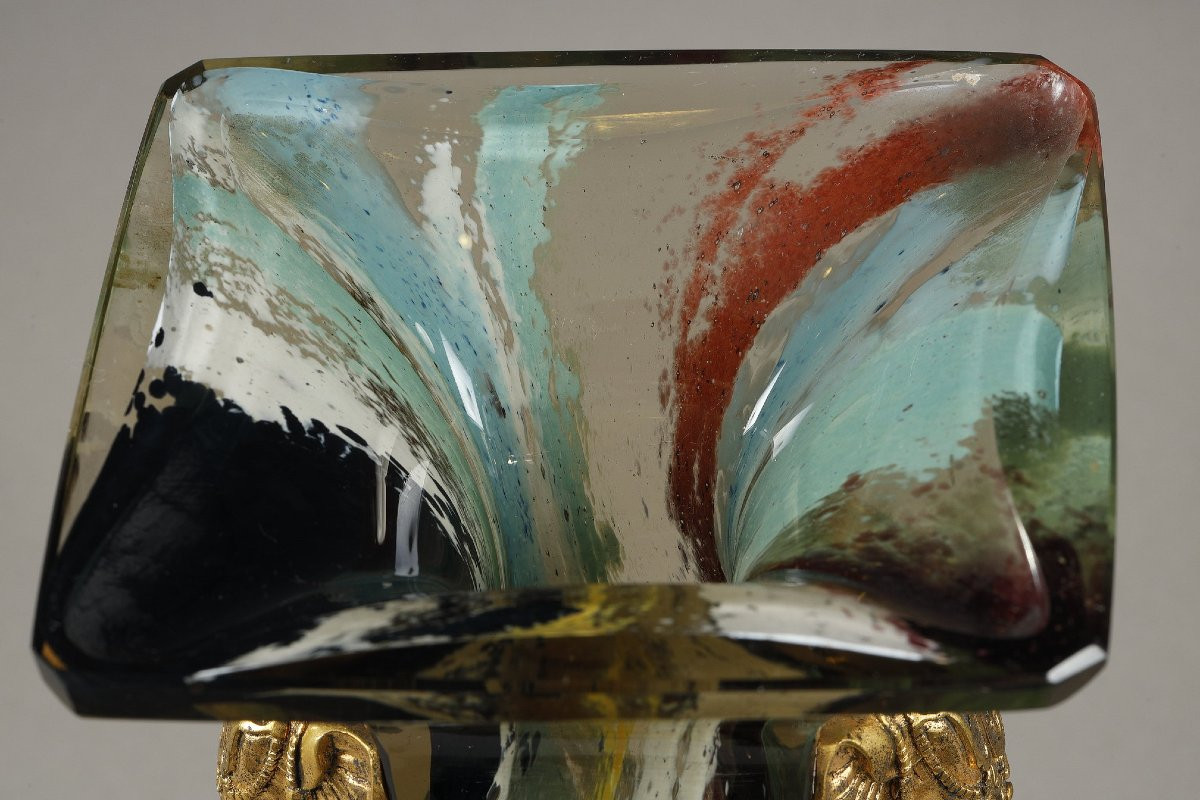


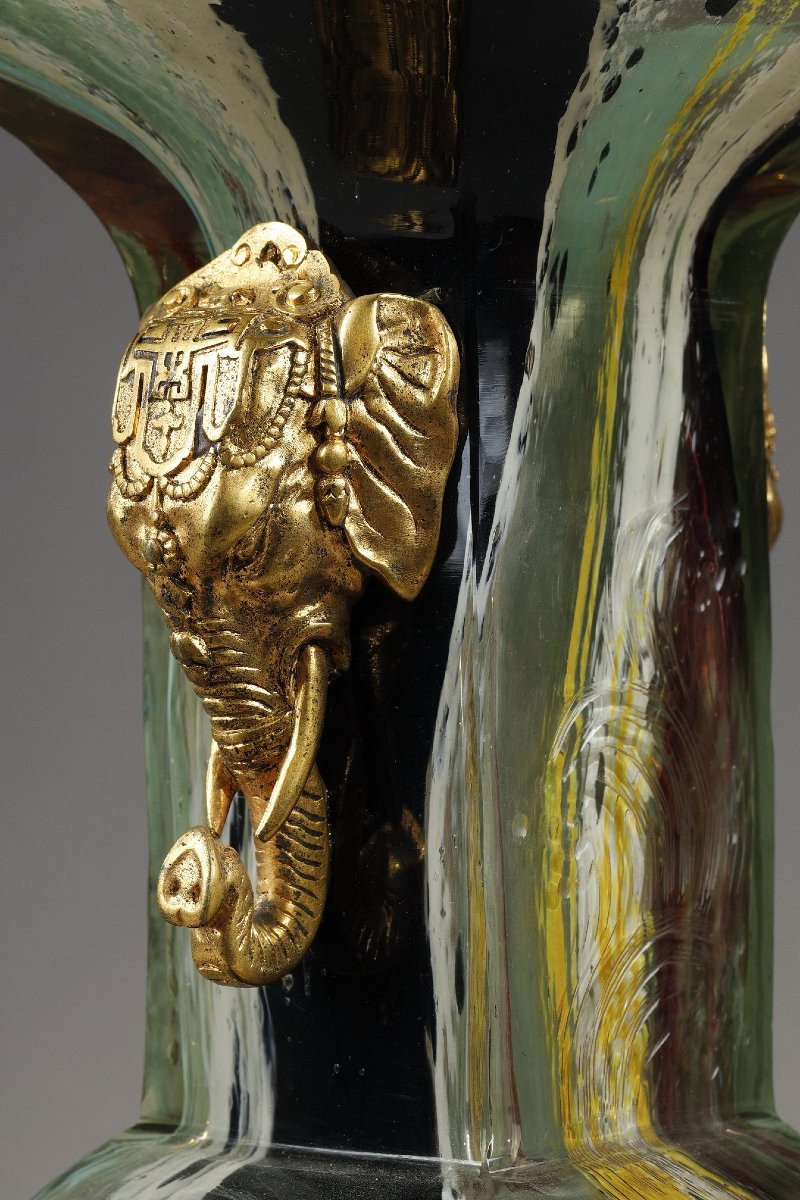


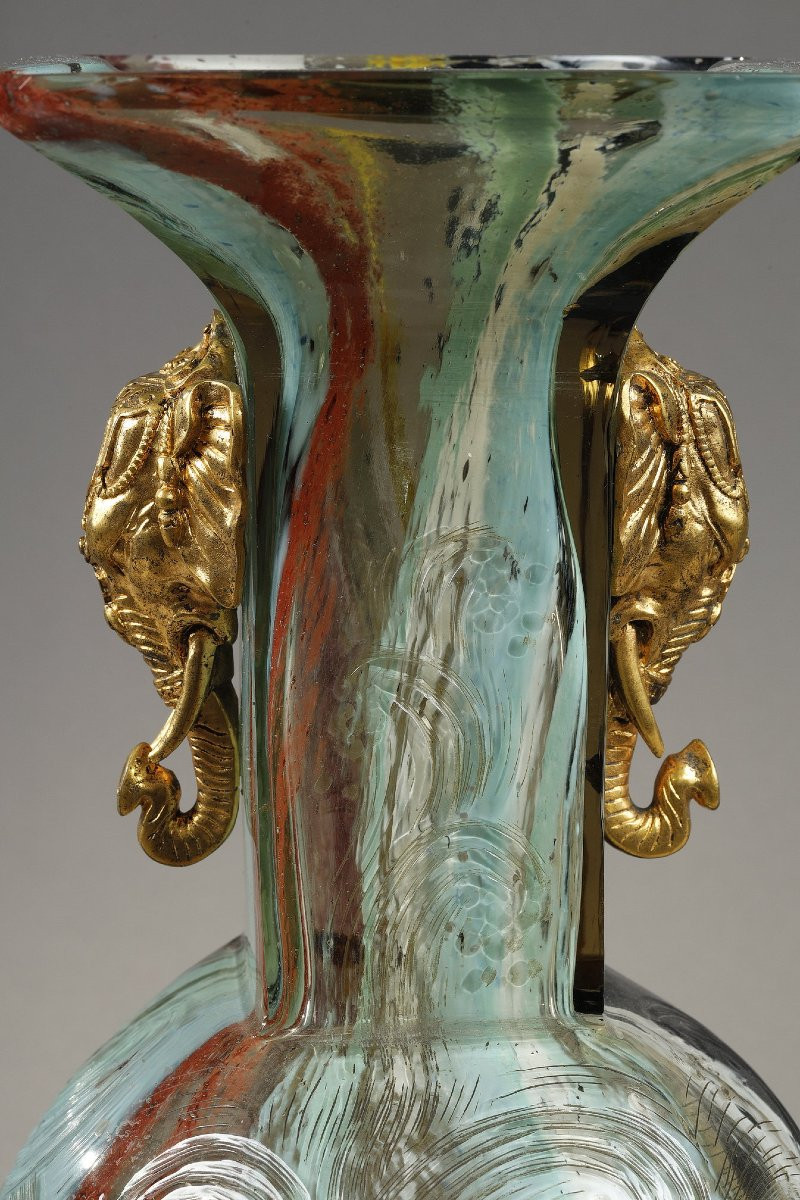

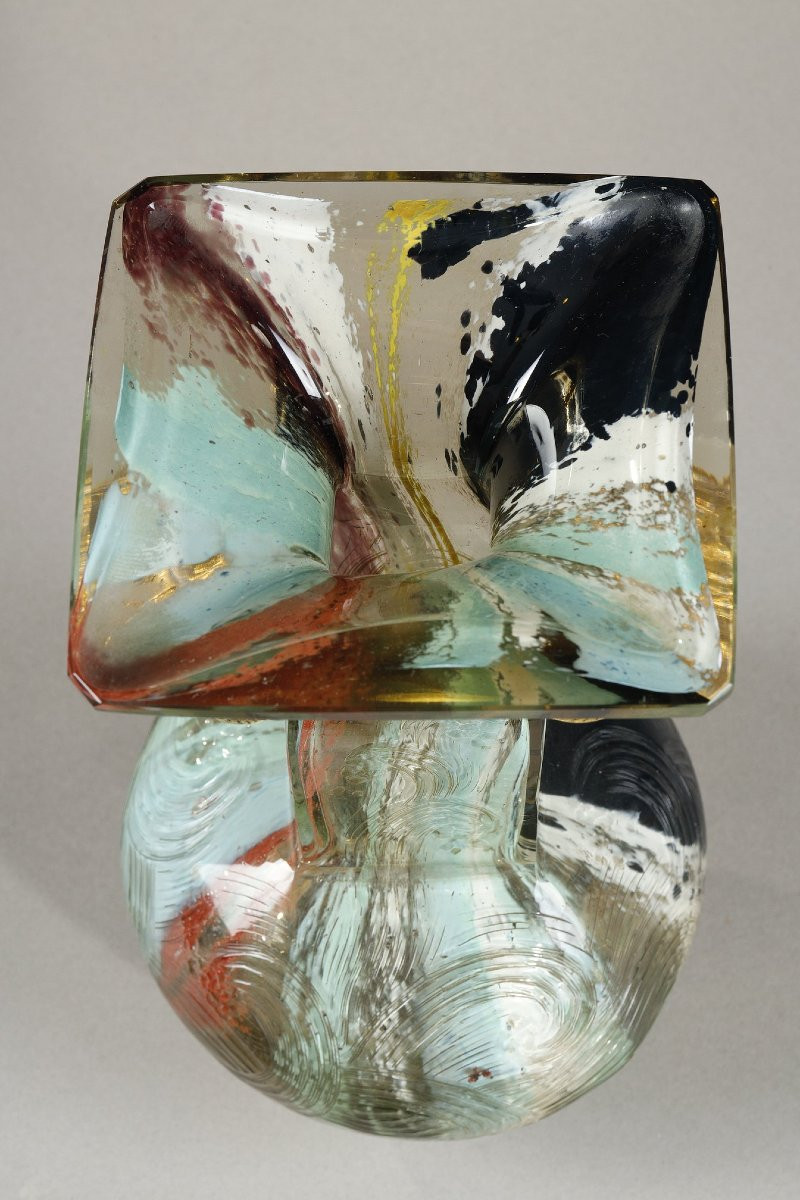


















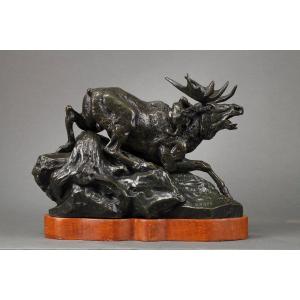








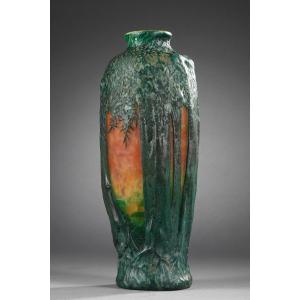

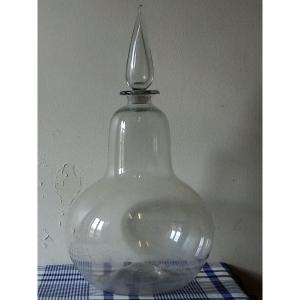

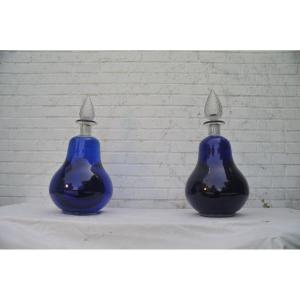

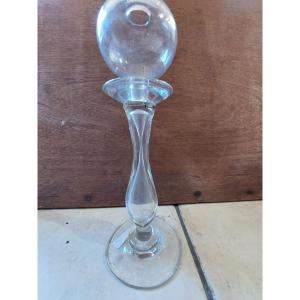



 Le Magazine de PROANTIC
Le Magazine de PROANTIC TRÉSORS Magazine
TRÉSORS Magazine Rivista Artiquariato
Rivista Artiquariato